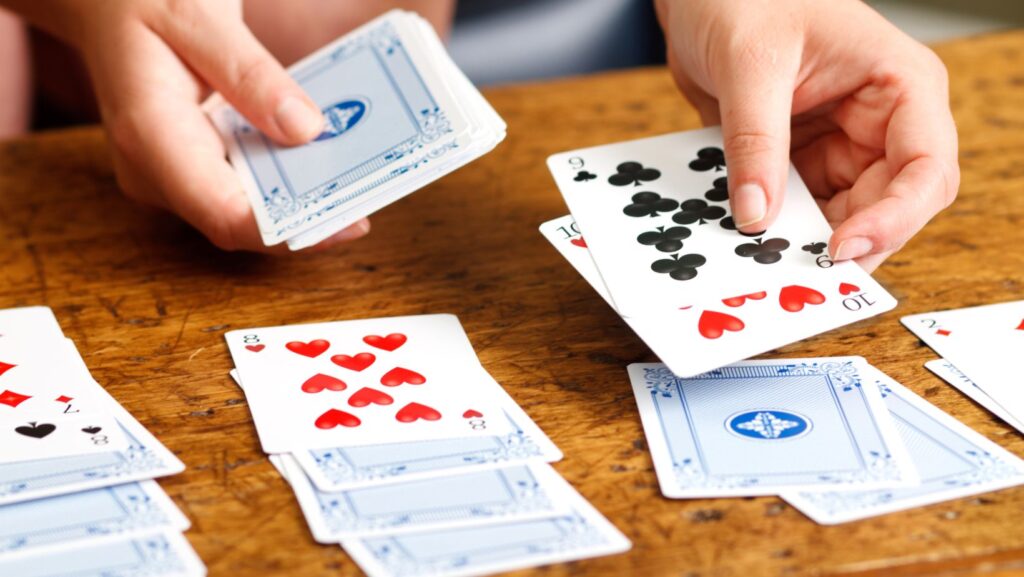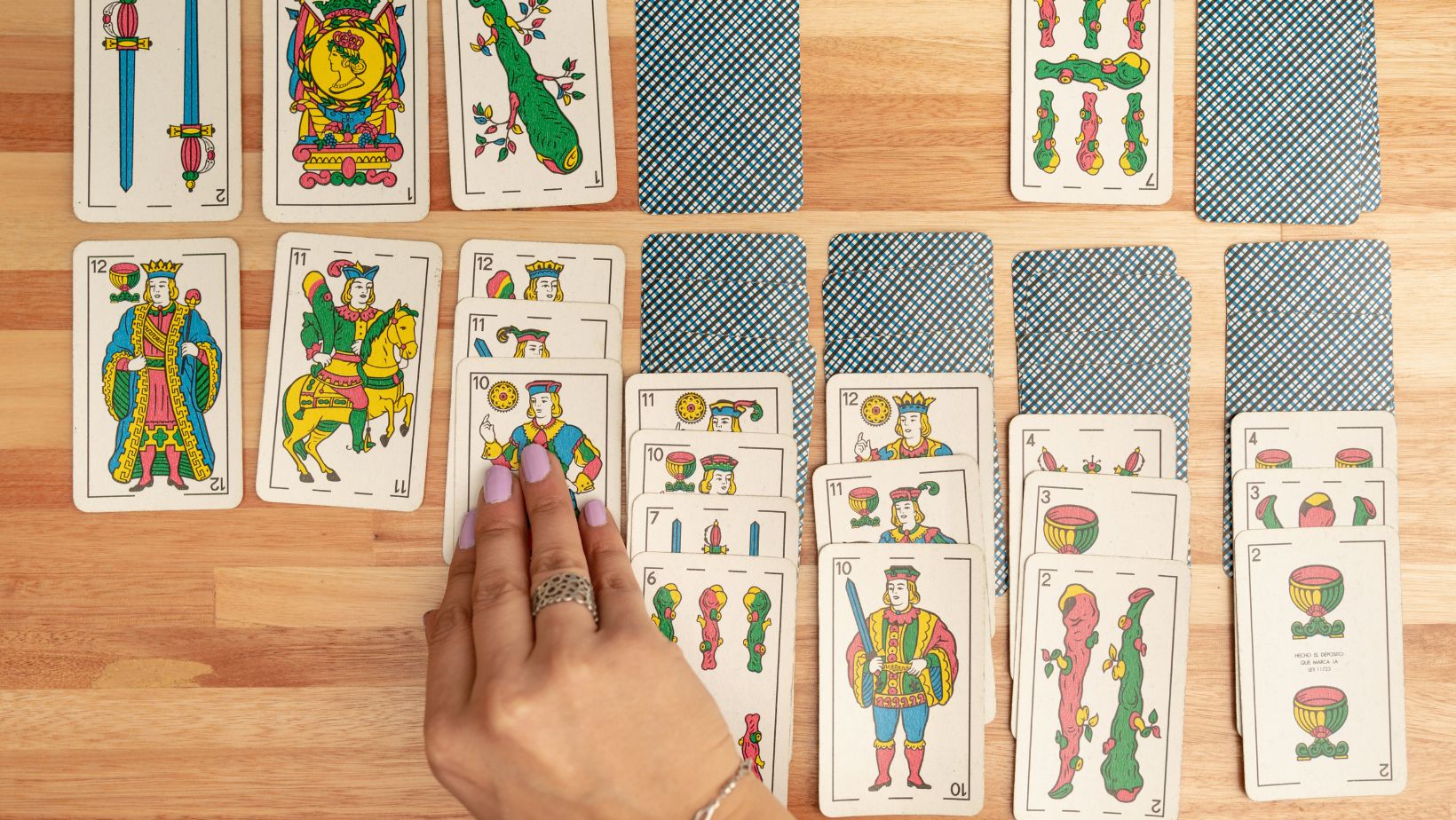For millions of people, a game of Solitaire is a perfect mental escape. It’s a moment of quiet focus, a satisfying puzzle, and a timeless classic that has been a staple of card tables and computer desktops for generations. Most people play it on autopilot, clicking and dragging cards based on what seems obvious. But what if there was more to it? While luck of the draw certainly plays a role, Klondike Solitaire is fundamentally a game of strategy, probability, and resource management. Winning consistently isn’t about luck; it’s about making optimal decisions.
This guide is designed to transform you from a casual player into a strategic thinker. By learning a few fundamental principles, you can dramatically increase your win rate and discover a new layer of depth in this classic game. The same principles of strategy and smart decision-making that apply to complex casino games can also be applied here. While you won’t find this classic single-player game at a typical Xon Bet casino, mastering its logic can sharpen the mind for any game that requires foresight and planning. Let’s dive into the core strategies that will help you solve the puzzle of Solitaire more often.
The Golden Rule: Expose Face-Down Cards
If there is one single objective to keep in mind, it’s this: your primary goal is always to uncover the face-down cards in the tableau columns. These 21 hidden cards are your biggest obstacle. You cannot win the game without knowing what they are and bringing them into play. Every move you make should be evaluated against this golden rule. If you have a choice between two moves, always choose the one that results in turning over a new face-down card.
Strategy 1: scan the tableau before your first move
Before you even touch the stockpile, take a moment to scan the entire layout. Look at the face-up cards and see what initial moves are possible. This initial assessment can help you map out your first few turns. What to look for in your initial scan:
- Immediate plays: are there any Aces that can be moved to the foundation piles immediately?
- Smooth columns: look for columns that have a nice sequence of descending, alternating-color cards (e.g., a red 8 on a black 9). These columns are easier to clear.
- Problem columns: identify columns with a large stack of face-down cards under a high-ranking card like a King or Queen. These will be your biggest challenges, and you should prioritize creating an empty space to move that King.
Strategy 2: master the stockpile (the deck)
How you manage the stockpile (the deck of cards you draw from) depends on whether you are playing with a “Turn 1” or “Turn 3” rule.
- Turn 3 (Classic Rules): this is the more challenging version where you draw three cards at a time, but can only play the top one. In this mode, it’s critical to remember the order of the cards. If you see a card you need buried under two others, you know you’ll have to cycle through the entire deck to get to it again. Avoid making small, unnecessary moves from the stockpile that might change the order and make that needed card inaccessible on the next pass.
- Turn 1: this version is more forgiving. Since you see every card, you should always go through the entire stockpile at least once before making any major decisions in the tableau, unless an obvious move exposes a new face-down card.
Pro tip: Never empty the stockpile unless you have no other choice. It acts as a “memory” of cards. Once it’s empty, you lose track of what’s left in the game.
Strategy 3: build your foundations evenly
The four foundation piles (where you stack cards from Ace to King by suit) are how you win the game, but building them too quickly can be a strategic mistake. Moving a card to a foundation is a one-way street; you can’t bring it back down into the tableau.
Be cautious about moving cards up, especially 3s, 4s, and 5s. You might need those cards later to place an opposite-colored card on top of them in the tableau, which could be the key to unlocking a face-down card. A good rule of thumb is to try and build all four foundation piles up evenly. Don’t rush one suit up to 6 while the others are still on 2. This keeps your options in the tableau as flexible as possible.
Strategy 4: create empty columns strategically
An empty column in the tableau is the most powerful tool you have. Only a King can be moved into an empty space, so creating one is your top priority if you have a King “trapped” at the top of a column with face-down cards underneath it. How to prioritize moves:
- Highest priority: make any move that exposes a face-down card.
- Second priority: make a move that creates an empty column, especially if you have a King you need to move.
- Third priority: make a move that allows you to play a card from the stockpile, freeing up the next card in the deck.
- Lowest priority: moves between tableau columns that don’t expose a new card. These should only be made if they help you achieve one of the higher-priority goals.
Solitaire – a game of patience and foresight
Winning at Solitaire is a deeply satisfying feeling that comes from making a series of smart, calculated choices. By shifting your mindset from simply making any available move to making the optimal move, you can turn a game of luck into a game of skill.
Always prioritize revealing hidden cards, use your stockpile wisely, build foundations with caution, and strategize to create empty columns. By following these principles, you’ll not only increase your win rate but also gain a deeper appreciation for the elegant and strategic puzzle that has made Solitaire a beloved classic for centuries.




More Stories
Considering Eye Bag Removal in Singapore? Dermal Fillers & AGNES RF Explained
Complete Guide to Rivian Wall Charger Installation: Planning, Process, and Professional Setup
The Hello Kitty Case Photos: Orange Pus